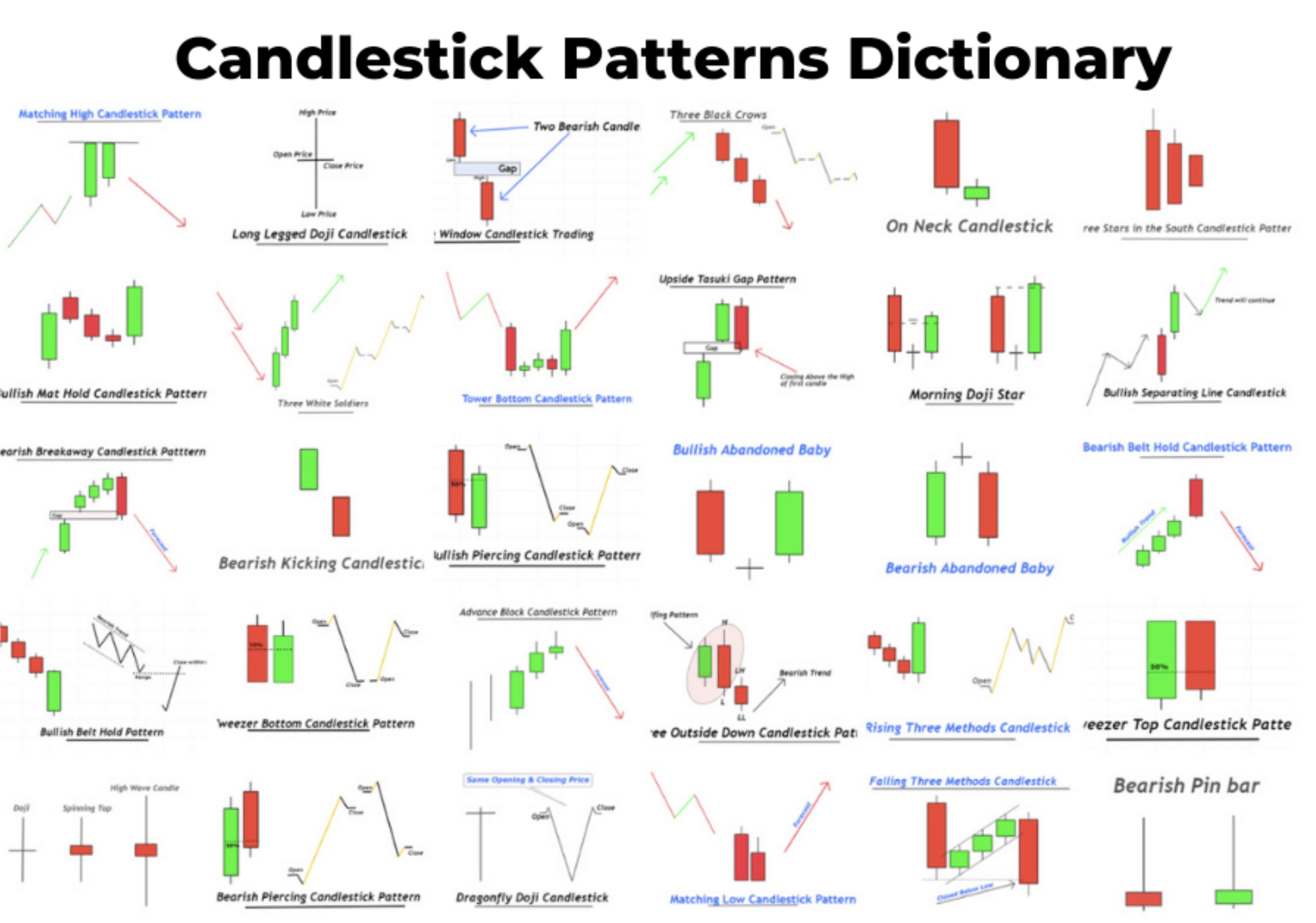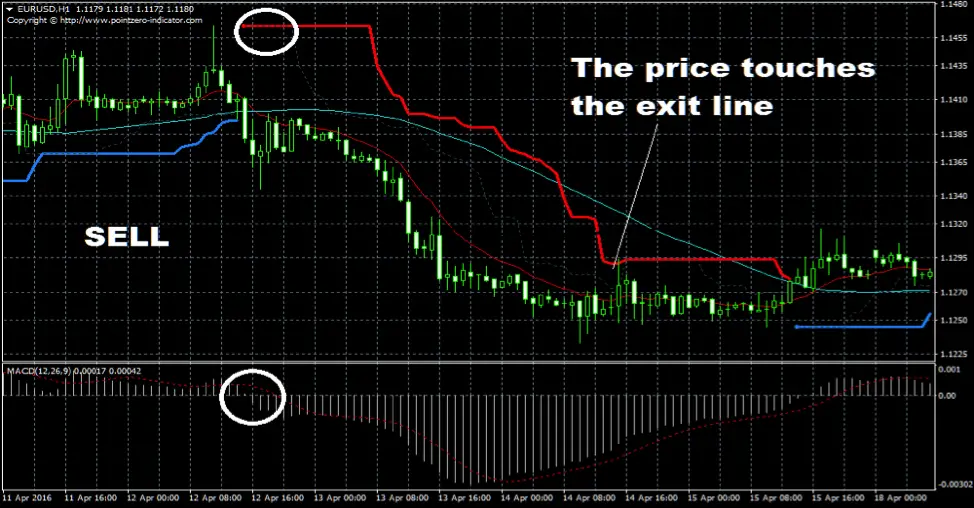
Develop a Trade Strategy
First and foremost, a successful trading system starts with a solid foundation in trade management strategies. As we have discussed in detail, these strategies range from stop loss orders and trailing stops to position sizing, risk-reward ratio analysis, and various exit strategies. It is crucial to understand the characteristics, advantages, and disadvantages of each strategy and choose the ones that best align with your trading objectives, risk tolerance, and market conditions.
Understanding Risk
Another vital element of trade management is understanding and managing risk. Position sizing, stop loss orders, and risk-reward ratio analysis are all crucial components of risk management. By carefully assessing the potential risks and rewards of each trade and adjusting your position size and stop loss levels accordingly, you can minimize your exposure to potential losses and improve the overall performance of your trading system.
Incorporating multiple trade management strategies into a comprehensive system is essential for achieving a balanced approach. By combining various strategies, such as stop loss orders, profit targets, and pyramiding, you can enhance your trade management system's effectiveness and adaptability. This balanced approach will enable you to capitalize on market opportunities while minimizing your exposure to risk.

Position Sizing
Position sizing is a critical aspect of trading that determines the number of shares, contracts, or units to trade for a given position. It plays a significant role in risk management, as it helps to protect a trader's capital by limiting potential losses. Proper position sizing can also improve the overall performance of a trading strategy by helping traders achieve their desired risk-reward ratio.

Stop Loss Adjustment
Adjusting stop loss levels when adding to a position can help traders achieve better risk-reward ratios by minimizing the potential loss on the initial position while allowing for additional gains on the new trade entry. This strategy can be particularly useful when a trade moves in the intended direction, and the trader wants to capitalize on the momentum without significantly increasing the overall risk.

Trade Management Plan
This course provides a comprehensive exploration of trade management, equipping you with the knowledge and tools needed to develop a robust and successful trading system. By understanding and implementing the strategies discussed, you can improve your trading performance and increasing your chances of long-term success
Curriculum
Build your Knowledge and Success
The key to long-term success in trading lies in consistency, discipline, and the ability to adapt and learn from your experiences. By embracing the principles of effective trade management and continuously refining your approach, you will be well-positioned to navigate the challenges and opportunities presented by the markets and achieve your trading goals.

Other Courses
We offer a range of courses to help traders deepen their understanding of the markets and improve their trading skills. Whether you are a beginner or an experienced trader, our courses are designed to provide you with the knowledge and skills you need to succeed in the markets.



